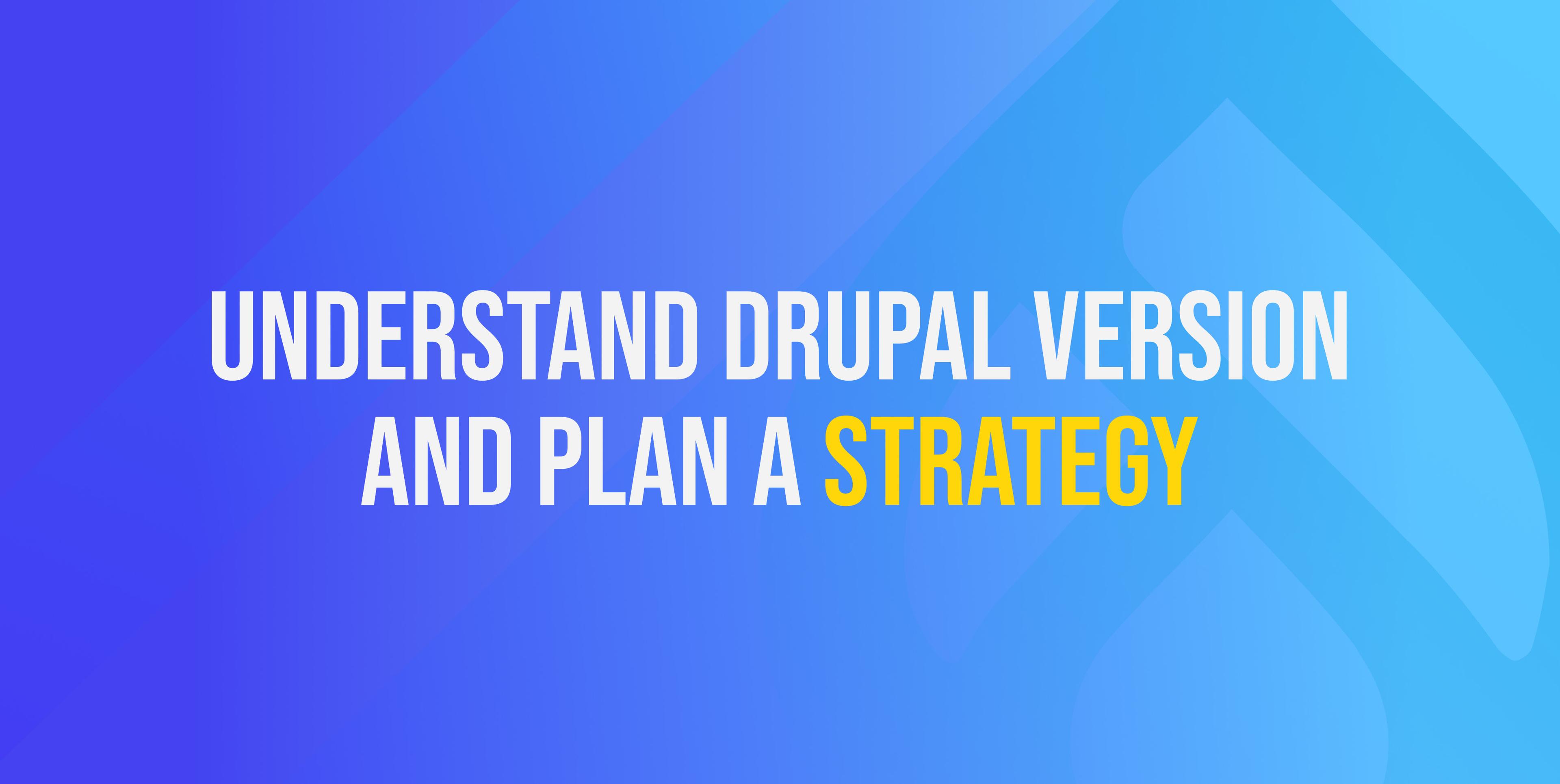Share this article:

Scrum events
There are five different Scrum events, and they are as follows: the Sprint, the Sprint planning meeting, the Daily Scrum, and the Sprint review and retrospective meeting. Within the scope of this article, we will investigate each of the Scrum events that take place during a sprint in great detail. In Scrum, a "sprint" is an event with a predetermined duration of up to one month, during which all other events take place.
Sprint planning
The first event of a sprint, known as "sprint planning," takes place during a scrum. The goal of sprint planning is to define what can be delivered during the sprint as well as the process that will be followed to complete the work. Planning for the sprint is accomplished through collaboration with the entire scrum team.

Daily Scrum meetings
The daily scrum, which is also known as the standup, is a brief meeting that takes place every day with the purpose of allowing the team to plan out its work for the day and identify any potential roadblocks that may affect that work.
The vast majority of teams schedule these get-togethers for the morning hours and keep them to a maximum duration of ten or fifteen minutes. They are sometimes referred to as "standups" due to the fact that many teams conduct them standing up in order to keep the sessions as brief and focused as possible.
Backlog refinement
Backlog refinement is when the product owner and some or all of the rest of the team review items on the backlog to ensure that it contains the appropriate items, that they are prioritised, and that the items at the top of the backlog are ready for delivery. Backlog refinement can take place at any point during the development process. This event happens regularly, and depending on the circumstances, it could be a meeting or an activity that goes on all the time.

Sprint review
One of the most important ceremonies in Scrum is called the sprint review, and it is where the team gets together to evaluate the work that has been completed and determine whether or not any additional changes are required. The official Scrum Guide refers to it as a working session and makes the point that the "Scrum team should avoid limiting it to a presentation." In other words, the presentation should not be the sole focus of the meeting.

Sprint retrospective
The sprint retrospective is a recurring meeting that is focused on discussing what aspects of a sprint went well and what aspects could be improved. It also gives you a chance to recover from a sprint and get ready for the next one. By having a sprint retrospective after each sprint, you can make each one more effective and productive than the one before it.
SUBSCRIBE TO OUR NEWSLETTER
Share this article:


.png&w=3840&q=75)








